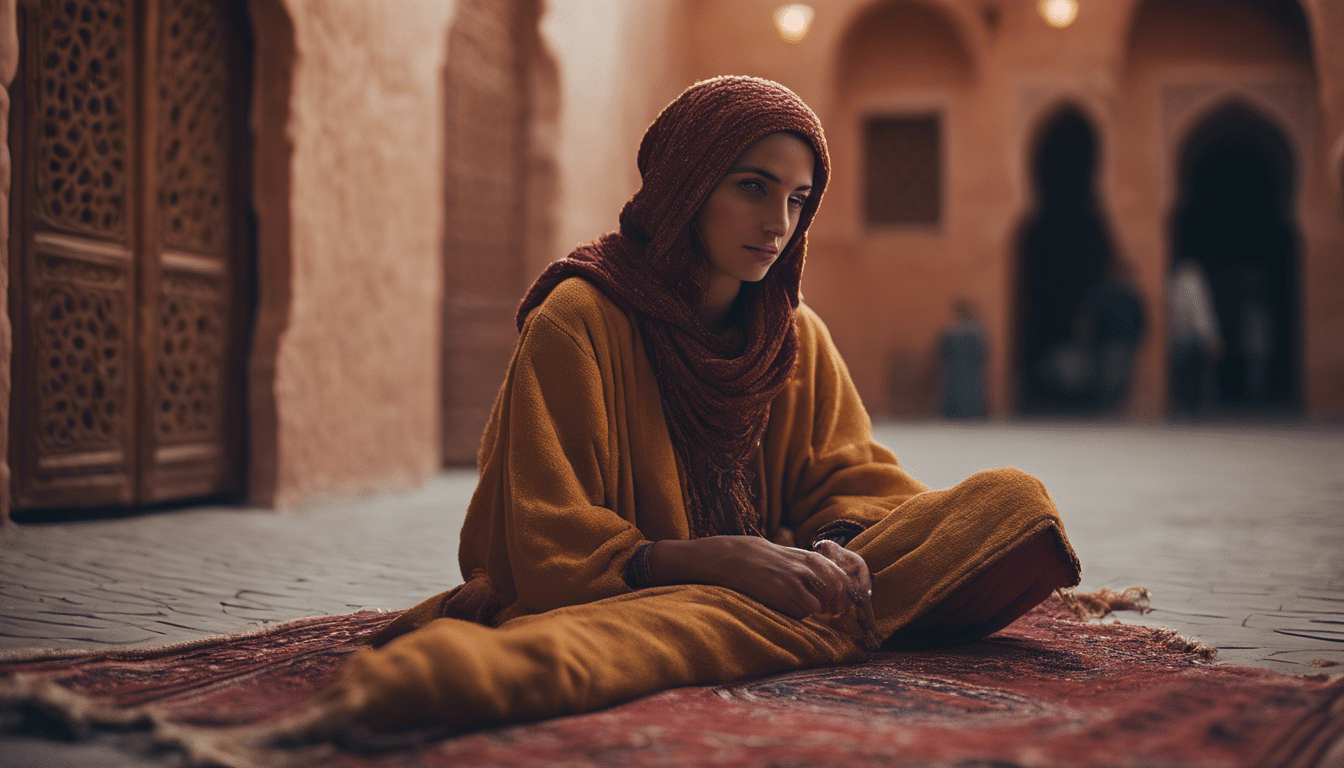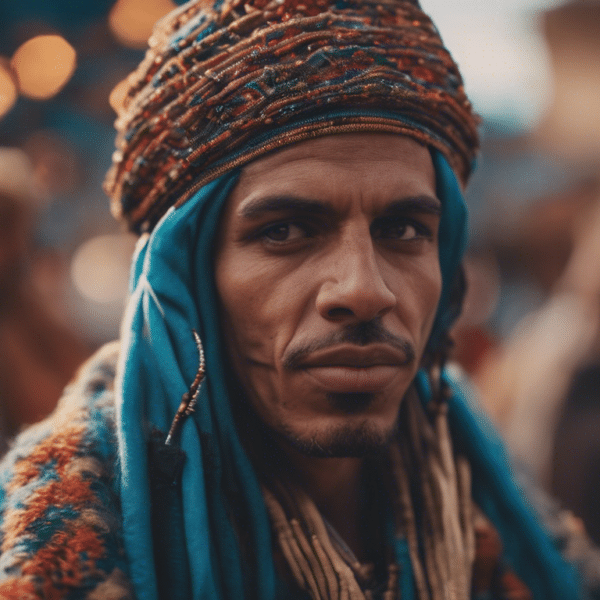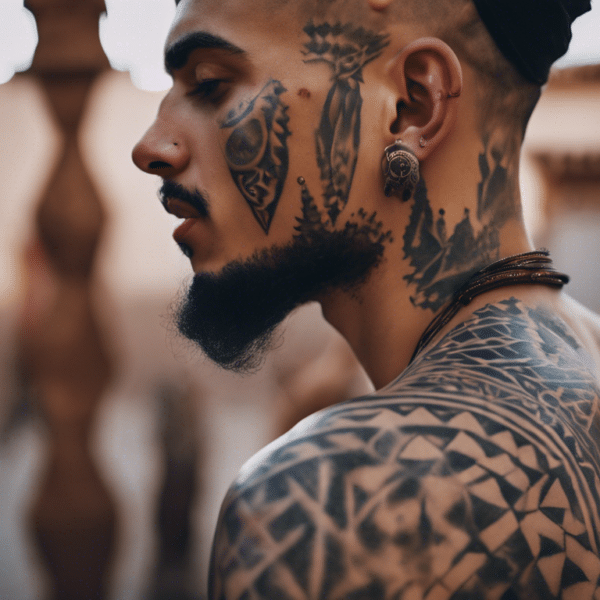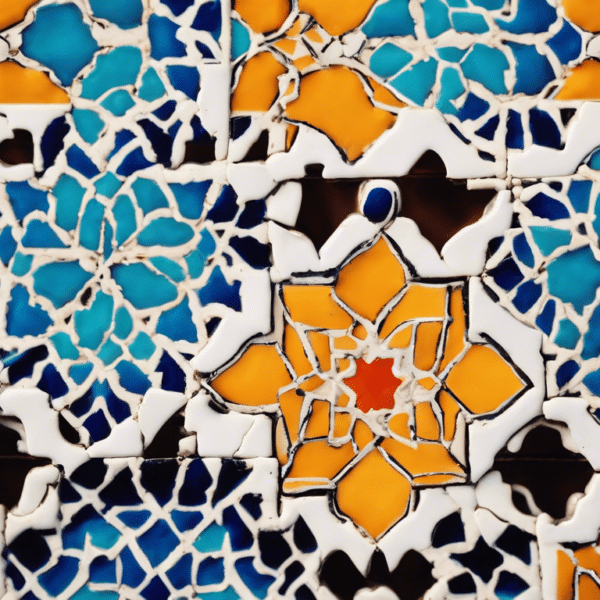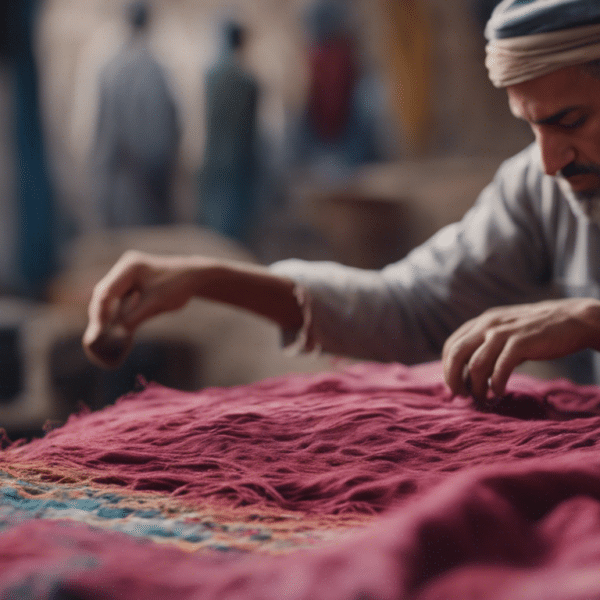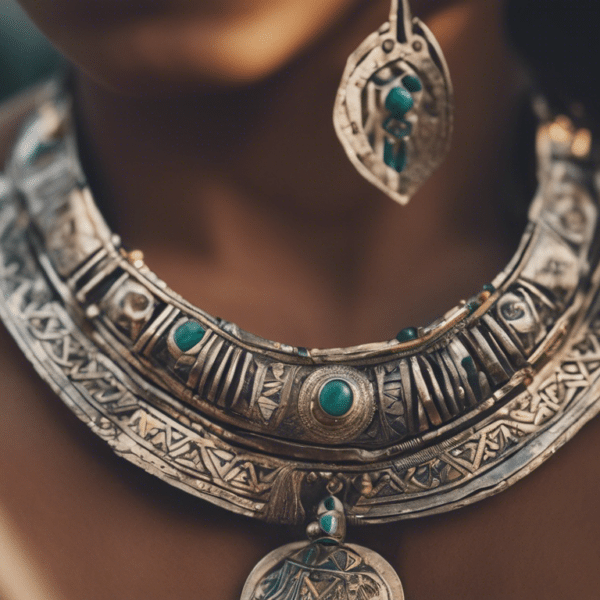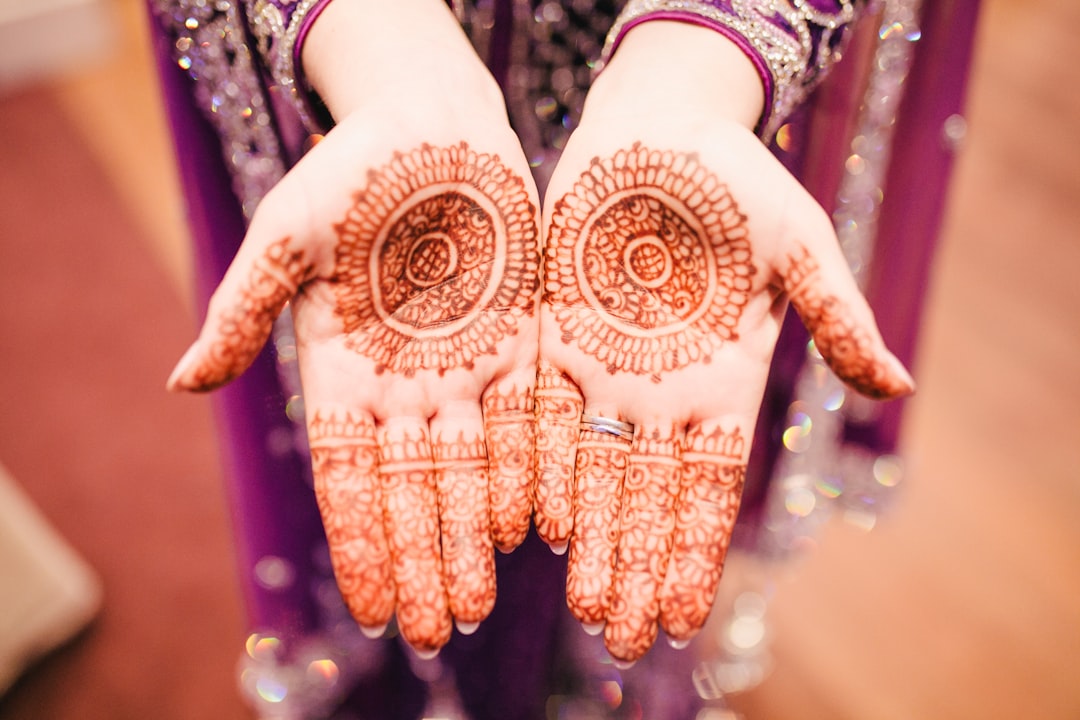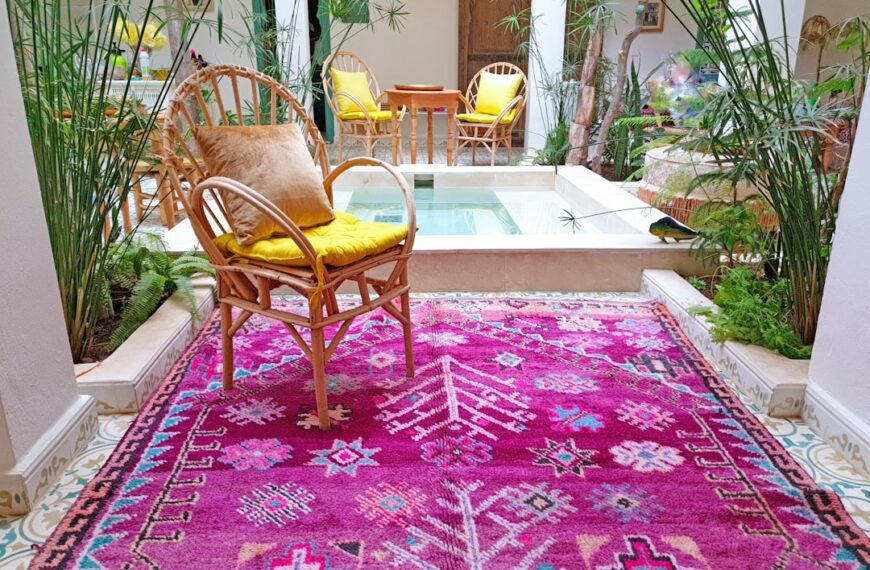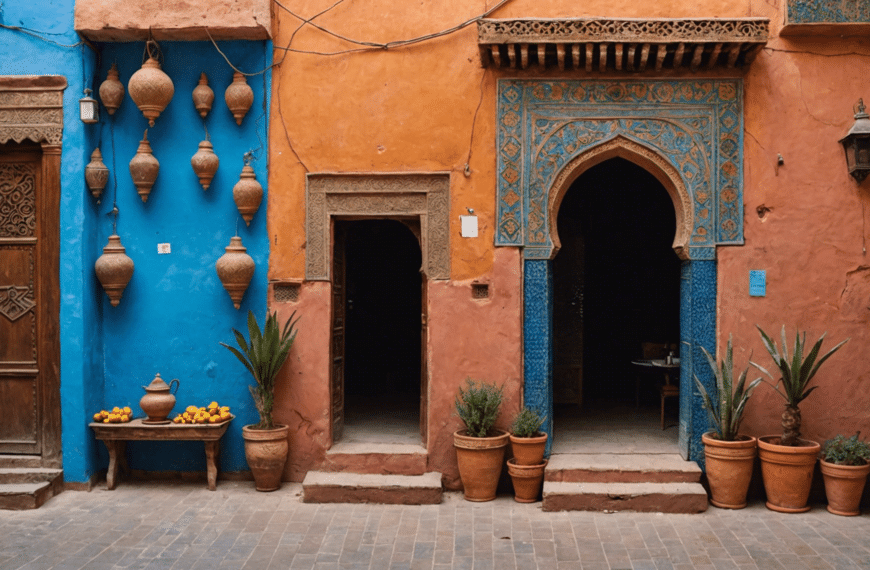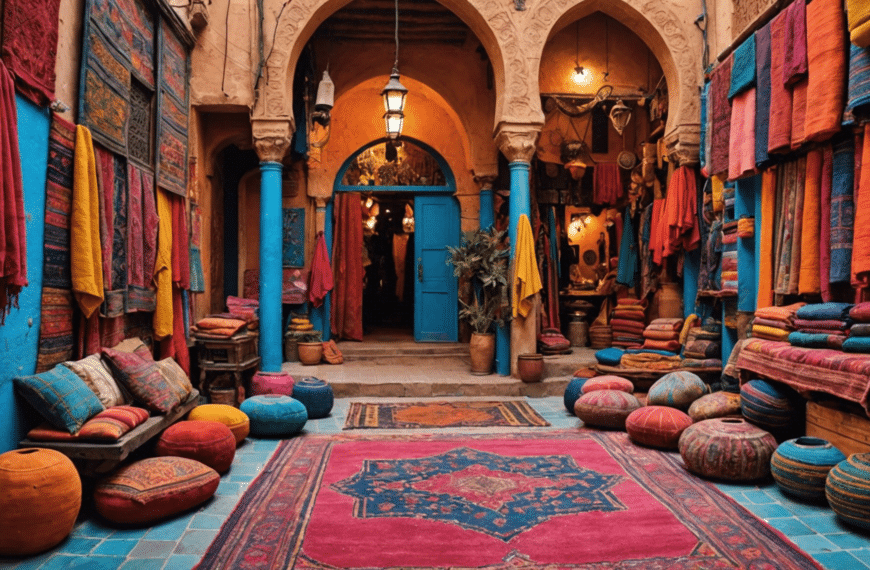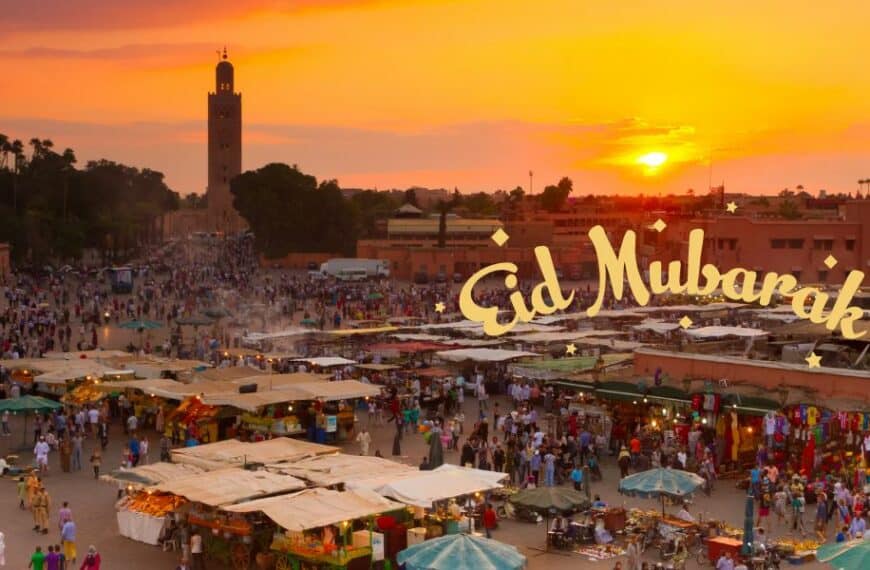As the warm hues of a Moroccan sunset drape over bustling medinas and silent Saharan dunes alike, whispers of ancient folklore weave through the air, inviting those with a wanderlust for the enigmatic. In this vibrant tapestry of tales, we unravel the mysteries nestled within traditional Moroccan folklore, a realm where the lines between the earthly and the ethereal blur. From the chants of Berber tribes to the heart-pulsing beats of Gnawa drums, let us journey through the mystic allure of legends that have withstood the sands of time. Prepare to be enchanted by stories that cradle the essence of Morocco’s soul, guiding us into the hidden depths of its cultural heritage and leaving imprints of wonder that beckon for a deeper exploration.
Exploring the Rich Tapestry of Moroccan Folktales
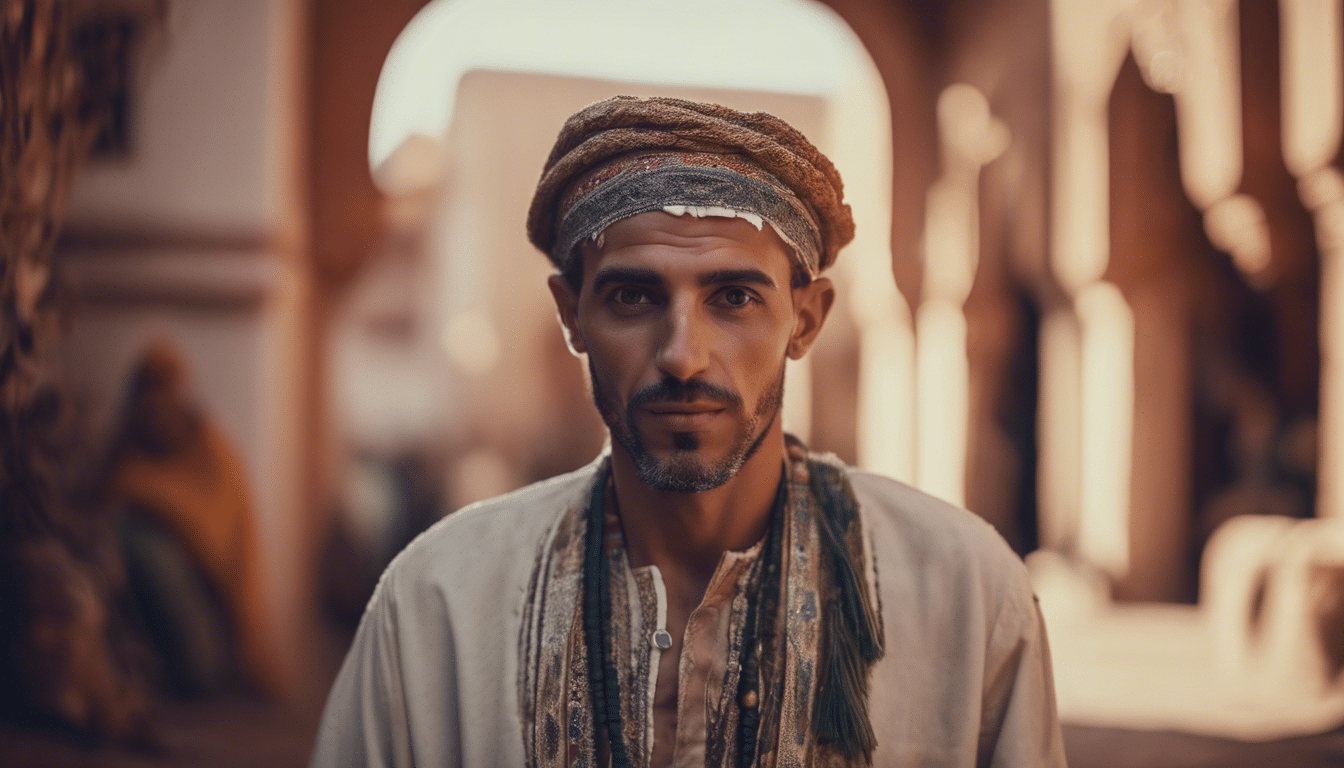
Imagine wandering through the bustling souks of Morocco, where the air is thick with the fragrances of spices and the murmur of voices sharing ancient tales. This is where the heart of Moroccan folklore beats, a place where every alleyway and shadowed corner tells a story. Moroccan folktales are not just stories passed down through generations; they are the threads that weave together the fabric of Moroccan culture and identity.
The Oral Tradition and its Pervasiveness
Long before the written word secured its place in history, the oral tradition was the primary means of preserving and communicating cultural heritage. In Morocco, this tradition is alive and well. Storytelling, known locally as “Halka,” remains a vibrant part of daily life. In Jemaa el-Fna, the famed square in Marrakech, storytellers gather crowds, articulating with animated gestures and dramatic facial expressions as they regale the audience with tales of heroes, villains, and moral lessons that resonate with universal truths.
The Archetypes of Moroccan Folklore
Moroccan folktales feature a cast of archetypal characters that recur across various stories. These include the wise fool, the cunning animal, the noble hero, and the malicious jinn. The versatility of these characters allows them to fit into countless scenarios, embodying deep cultural wisdom and humor that transcends the barriers of time and language.
– The Wise Fool: Often found in the form of a simple person who, despite appearances, delivers insightful truths and lessons to those around them.
– The Cunning Animal: A figure that uses its wits to outsmart others, teaching that intelligence can triumph over might.
– The Noble Hero: Embodies Moroccan values of bravery, honor, and loyalty.
– The Malicious Jinn: Mystical beings that remind us of the unseen world and the importance of respecting its boundaries.
The Lessons Embedded Within the Lore
Moroccan folktales are not merely for entertainment—they are a source of guidance and education. The stories are imbued with ethics and values, teaching younger generations the importance of qualities such as wisdom, humility, courage, and respect. A tale might caution against greed or boastfulness while promoting the merits of generosity and discretion. These stories form a moral compass for the community, subtly shaping the social mores of each new generation.
Folktales as a Bridge to the Past
In addition to providing entertainment and moral guidance, Moroccan folktales are a means of connecting to the past. They are historical records that reflect the struggles, triumphs, and daily life of Moroccans throughout the ages. Through them, we glimpse a Morocco that was—and still is—in the tales of ancient civilizations, warriors, saints, and scholars.
Preserving the Folklore in Modern Times
The modern age has brought numerous challenges to the oral traditions of Moroccan folklore. Yet, organizations and individuals have taken steps to ensure that these stories are not lost. Initiatives to record and catalog these tales, and festivals that celebrate traditional storytelling, help to preserve this precious aspect of Moroccan heritage for future generations.
Moroccan folktales are more than just quaint bedtime stories. They are the lifeblood of a culture, echoing the values, beliefs, and history of a nation. So, the next time you find yourself meandering through a Moroccan market, listen closely—you may just hear the faint whispers of a thousand stories waiting to be told, each a colorful thread in the rich tapestry of Moroccan folklore.
Unveiling the Hidden Symbols in Moroccan Legends
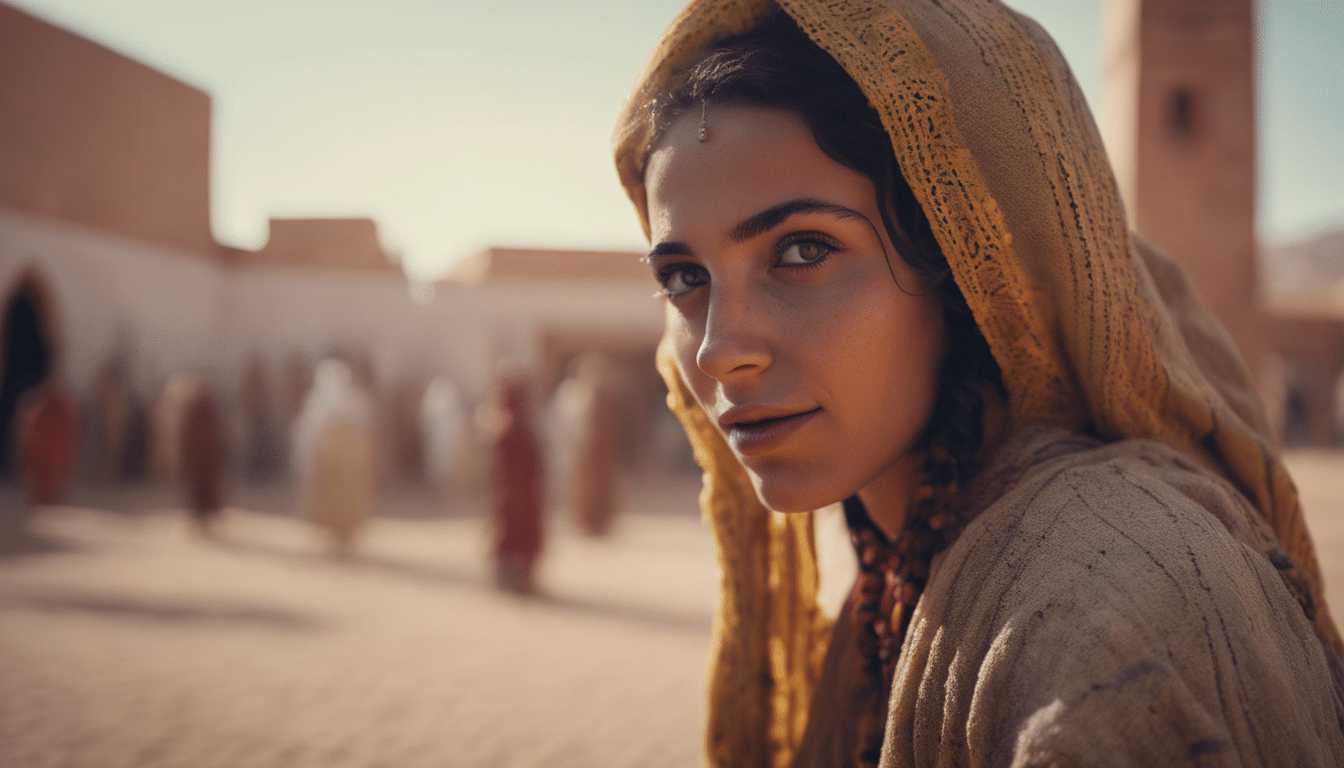
Moroccan folklore is as intricate and colorful as the mosaic tiles adorning the palatial riads of its ancient medinas. This rich cultural heritage, brimming with hidden symbols, is not merely tales of old but a tapestry weaving the past with the present, guiding the societal norms and spiritual beliefs of Morocco’s people.
Morocco’s oral traditions have long served as the vessel through which these legends are passed down, each generation infusing them with new life and relevance. To truly appreciate Moroccan culture, one must delve into the labyrinth of folkloric narratives and unearth the veiled symbols that have long influenced the collective Moroccan conscience.
The Art of Storytelling in Moroccan Culture
The tradition of storytelling in Morocco is a treasured art form. Amidst the bustling squares, storytellers, or “hlayqia,” command the rapt attention of their audience, their tales a blend of the mystical and the everyday. These narratives are often laced with hidden meanings that call upon the listeners to interpret and reflect on their own experiences.
Central to these stories are the grand epics of heroes and heroines, their trials and triumphs laced with moral lessons. For instance, ‘Aisha Kandisha’, a tale of a seductive but malevolent female demon, symbolizes the fear of the unknown and the allure of the forbidden. The complex nature of this legend has often been interpreted as a manifestation of society’s anxieties around female power and sexuality.
Symbols in Moroccan Folktales
In the anthology of Moroccan folklore, certain symbols recur with frequency, each holding a profound significance. The snake, for instance, often represents fertility and rebirth, as well as cunning and danger. Understanding these symbols provides valuable insights into the values and undercurrents of Moroccan society.
Water is another potent symbol, a source of life but also a barrier to overcome, as seen in legends concerning holy rivers or treacherous seas. The narratives entangled with water reflect the Moroccans’ respect for nature’s life-giving and unpredictable nature.
Folkloric Creatures and Their Significance
Moroccan legends are also home to a plethora of mythical creatures, each embodying different aspects of human nature or societal concerns. The Jinn, supernatural beings mentioned in the Quran, appear in Moroccan folklore as protectors or tricksters, reflecting the dual nature of help and harm in the supernatural realm.
Similarly, the ‘Moulay Hmedouche’, a benevolent giant in the Rif mountains’ lore, illustrates the concept of might coupled with righteousness, a call for the strong to protect the weak.
Ceremonies and Celebrations as Living Legends
Moroccan folk legends are not confined to hushed tales told by the fire’s glow. They come alive in the numerous ceremonies and celebrations across the country. Weddings, in particular, are rife with legends brought to life, the bride and groom an embodiment of historical figures from love stories of yore, with rituals designed to ward off evil spirits and ensure a blessed union.
Moroccan Folklore in Modern Day
Even today, the impact of these tales can be seen. Modern-day Moroccan artists and filmmakers draw on these legends, using them as a rich source of inspiration and a means to explore contemporary issues through a traditional lens.
In public squares, the tradition of storytelling, albeit dwindling with the advent of modern entertainment, still finds young ears eager to learn about their heritage, proving the resilience and continuing relevance of these ancient narratives.
Moroccan Folklore: A Gateway to Cultural Discovery
For the cultural connoisseur, Moroccan folklore offers an enchanting gateway into the heart of Morocco’s people and their history. It is a world where every tale holds a hidden kernel of truth, a symbol waiting to be unraveled. As these stories continue to captivate and teach, they not only preserve the past but also illuminate the path for the future.
The Role of Oral Traditions in Passing Down Moroccan Folklore
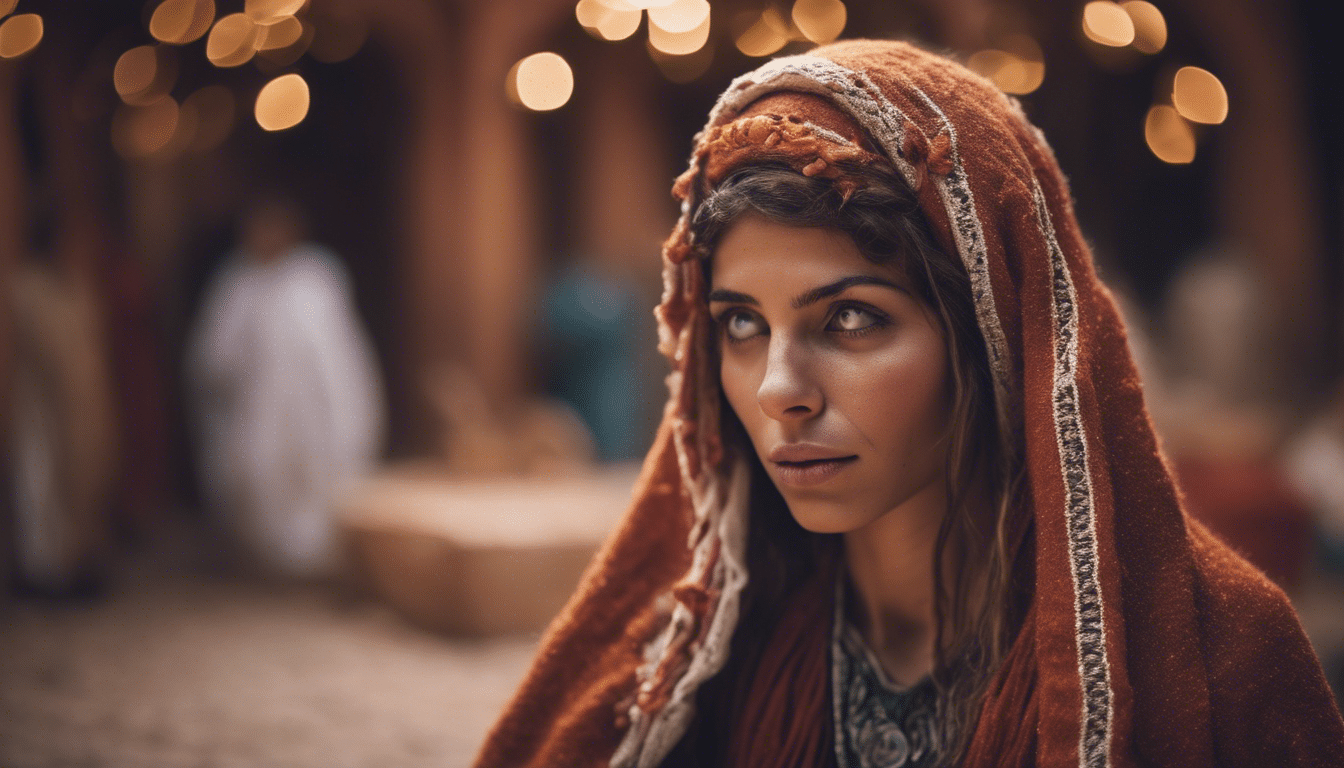
In the heart of Morocco’s bustling markets and tranquil deserts, amidst the aromatic scents of spices and the echoing sounds of music, there lies a treasure trove of stories and traditions waiting to be told. Rooted in the vibrant heart of North Africa, Moroccan folklore is an intricate tapestry of tales and customs that have been generously woven over time, colors and threads added by each generation through their most powerful tool – oral tradition.
The Essence of Moroccan Storytelling
As the sun sets over the Atlas Mountains, casting shadows on the ancient Kasbahs, local storytellers gather in the squares to pass along the tales that are the soul of Moroccan culture. Through vivid narratives, these raconteurs bring to life epic battles, moral fables, and the mystical jinn from Islamic teachings. The spoken word serves as a vehicle for shared history, moral lessons, and community values, an art that has sustained the vibrancy of Moroccan heritage.
Oral Traditions as Cultural Sustenance
In the weave of Moroccan society, oral traditions are the warp and weft that hold the fabric together. This living form of history, unpinned by written record, relies on the mnemonic devices of rhyme, rhythm, and repetition to aid memorization and delivery. The hikayat, traditional stories, may range from humorous anecdotes to heartfelt tales of love, loss, and honor. They are more than entertainment; they’re a communal feast, sustaining the identity and continuity of Moroccan culture.
Folk Music and Rhyme: The Melodic Keepers of History
Folk music and poetry are the twin pillars of the oral tradition. With bendirs (frame drums), ouds (lutes), and powerful voices, musicians carry forward the legacy of ancient Berber rhythms and Arabic melodies. The call-and-response style of Amazigh songs, the narrative Gnawa music, and the soulful Malhun ballads are all integral to preserving Morocco’s diverse cultural narrative.
Moroccan Folk Art as a Narrative Tool
It isn’t just through words that stories are told; Moroccan folk art is rife with symbolism and motifs that echo the oral histories of the land. In the winding patterns of zellige tilework, the geometric designs of woven carpets, and the delicate scripts of Islamic calligraphy, one can read the silent stories of a people deeply connected to their past.
Sustaining Folklore in Modern Times
Despite the relentless march of technology, Moroccan oral traditions refuse to be silenced. The country’s various festivals and moussems (seasonal gatherings), which showcase folklore and traditional music, play a pivotal role in keeping these oral practices alive. Likewise, modern initiatives aim to immortalize these traditions through recordings and digital archiving, ensuring that the spirit of Moroccan storytelling adapts to the new age without losing its essence.
In the end, the whispered legends of old, shared around a fire; the lullabies that mothers sing to their children; the joked shared among friends; they all serve the same purpose. They serve as the invisible threads binding the Moroccan people to their ancestors and to each other, creating an unbreakable chain of cultural legacy. The oral traditions of Morocco are not merely a means of passing time; they are the lifeblood of its folklore, the rhythm to which the Moroccan heart beats.

